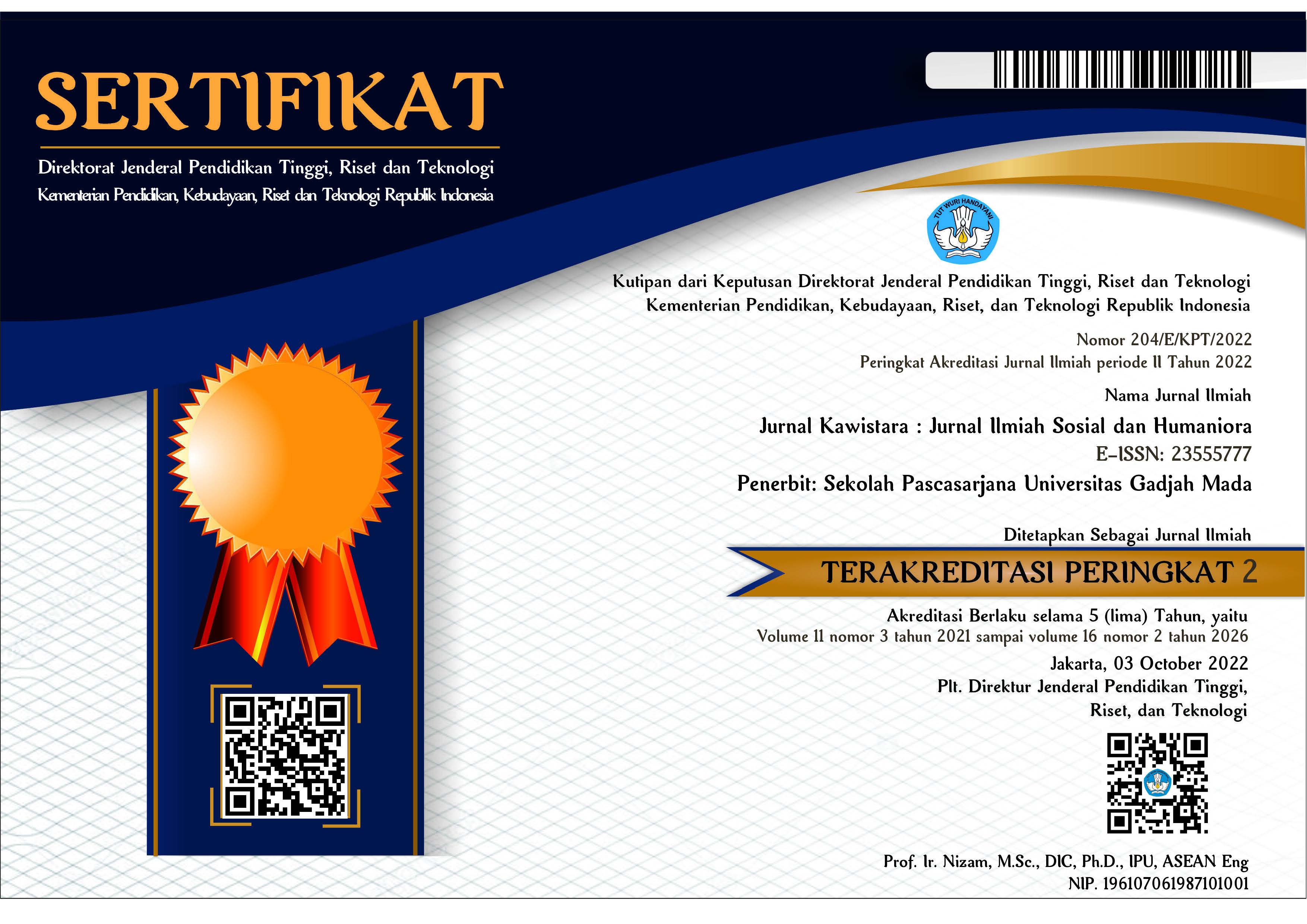DINAMIKA EKOWISATA TRI NING TRI DI BALI PROBLEMATIKA DAN STRATEGI PENGEMBANGAN TIGA TIPE EKOWISATA BALI
I Nyoman Sukma Arida(1*)
(1) Fakultas Pariwisata Universitas Udayana Bali.
(*) Corresponding Author
Abstract
This study is aimed at explain the dynamic process in the development of ecotourism in Bali. Its objectives
are 1) to identify and analyze typologies of ecotourism in Bali, 2) to analyze each type of ecotourism, focusing
on the aspects of ecotourism products, local community involvement, and its development strategy, and 3) to
analyze and formulate appropriate model of ecotourism development in Bali. This is a descritive qualitative
research with relevant data acquisition techniques, namely (a) in-depth interview, (b) field observation,
(c) Focus Group Discussion(FGD), and (d) document studies. The four methods were used to capture the
needs of data in the field, in accordance with scope of the problem investigated and research objectives. This
study found that ecotourism typology in Bali, in terms of its main moving actors (agent of change),
is divided into three, namely: (1) investor-driven ecotourism (investor type), (2) community-driven
ecotourism (community type), and (3) government-driven ecotourism (government type). This threetype
ecotourism in Bali is also known as tri ning tri. In practice, each type of ecotourism has different level
of conformity with ecotourism principles (TIES, 2000), so that they can be categorized into three groups,
which are major (utama), intermediate (madya) and contemptible (nista). Some particular Balinese life
stances such as rwa bhineda (dualism), paduwen sareng (common ownership), dan nempahang rage (self
devotion) enable the different types of ecotourism to live and develop side by side harmonically in
Bali, without negating each other. Through observation in the micro level, this study found that the
characteristic of each type tends to shift into hybrid type due to, among others, close interaction with
different kinds of stake holders. This also means that the type of ecotourism developed in a village, for
example, will most likely to be modified or improvised in such a way to accommodate the available
resource potency and characteristic of stakeholders involved on its development or management. The
ability to manage all forms of ecotourism, which mainly come from outside of Bali, is then combined by
Balinese with their life stance of rwa bhineda. Therefore, any ecotourism type or model that comes into,
enters and develops in Bali, eventually transforms into a new type of ecotourism.
are 1) to identify and analyze typologies of ecotourism in Bali, 2) to analyze each type of ecotourism, focusing
on the aspects of ecotourism products, local community involvement, and its development strategy, and 3) to
analyze and formulate appropriate model of ecotourism development in Bali. This is a descritive qualitative
research with relevant data acquisition techniques, namely (a) in-depth interview, (b) field observation,
(c) Focus Group Discussion(FGD), and (d) document studies. The four methods were used to capture the
needs of data in the field, in accordance with scope of the problem investigated and research objectives. This
study found that ecotourism typology in Bali, in terms of its main moving actors (agent of change),
is divided into three, namely: (1) investor-driven ecotourism (investor type), (2) community-driven
ecotourism (community type), and (3) government-driven ecotourism (government type). This threetype
ecotourism in Bali is also known as tri ning tri. In practice, each type of ecotourism has different level
of conformity with ecotourism principles (TIES, 2000), so that they can be categorized into three groups,
which are major (utama), intermediate (madya) and contemptible (nista). Some particular Balinese life
stances such as rwa bhineda (dualism), paduwen sareng (common ownership), dan nempahang rage (self
devotion) enable the different types of ecotourism to live and develop side by side harmonically in
Bali, without negating each other. Through observation in the micro level, this study found that the
characteristic of each type tends to shift into hybrid type due to, among others, close interaction with
different kinds of stake holders. This also means that the type of ecotourism developed in a village, for
example, will most likely to be modified or improvised in such a way to accommodate the available
resource potency and characteristic of stakeholders involved on its development or management. The
ability to manage all forms of ecotourism, which mainly come from outside of Bali, is then combined by
Balinese with their life stance of rwa bhineda. Therefore, any ecotourism type or model that comes into,
enters and develops in Bali, eventually transforms into a new type of ecotourism.
Keywords
Ecotourism, Tri ning tri, Typologies, Community involvement
Full Text:
PDFArticle Metrics
Refbacks
- There are currently no refbacks.
Copyright (c)
Jurnal Kawistara is published by the Graduate School, Universitas Gadjah Mada.







